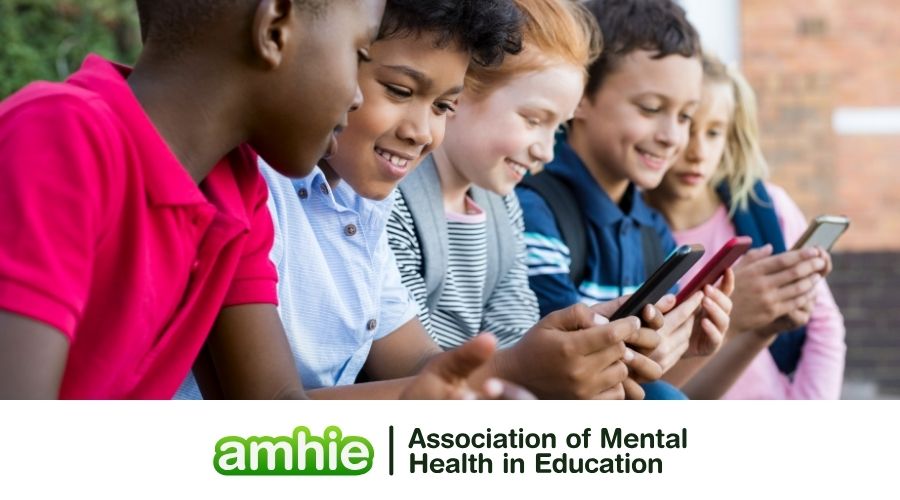
Beyond the Classroom: A Nuanced Look at Mobile Phones in School
In a recent survey from TeacherTapp, they discuss the changing trends for teachers with regard to the use of mobile phones within school and more specifically the classroom.
“In 2018, just 3% of secondary teachers reported their school collected phones or used pouches. Today, that’s jumped six-fold to 18%. The number of schools telling pupils their phones must be out of sight all day has also risen: from 39% in 2018 to 56%.“
But what is the right thing to do and how do you make these decisions?
It’s easy to fall into the binary trap of “ban them completely” or “let them be.” However, having observed many different sectors, I’ve learned that the most effective solutions are rarely so simple. The data on mobile phone use in schools supports this.
It’s clear that restricting mobile phone use can have significant academic benefits, especially for students who are more easily distracted. The gains in PISA scores in Spain and improved exam results for lower-achieving students in England are powerful indicators that a structured approach can improve learning outcomes.
Teachers’ perceptions that restrictions improve discipline and focus are not just anecdotal; they’re backed by this data. Yet, the evidence isn’t universally positive. Some studies show no academic benefit, suggesting that the effectiveness of a policy depends heavily on its context and implementation.
The impact on well-being is equally complex. The link between excessive smartphone use and poor mental health is well-documented, making the school day a prime opportunity for a “digital detox.” Restrictions have been associated with a reduction in bullying and a decrease in mental health issues in some studies.
However, a blanket mobile phone ban won’t necessarily solve issues like cyberbullying, which can simply shift to before or after school hours. Stripping students of their phones completely can be seen as undermining their right to access information and participate in the digital world, a point worth considering from the perspective of their holistic development.
Ultimately, the most successful strategies move beyond simple bans. The data suggests that policies are most effective when they are:
- Nuanced: A blanket ban is a blunt instrument. More effective approaches recognise that phones can be valuable educational tools when used deliberately. This could mean a “phone-free” learning environment for core subjects but allowing their use for specific, teacher-led projects.
- Collaborative: Policies that are created with students, parents, and teachers are more likely to be followed. Excluding young people from the conversation about a technology that is so central to their lives is a mistake.
- Educational: The real opportunity here isn’t just to manage a device, but to teach a skill. Schools should be actively promoting digital literacy. This means teaching students how to use technology responsibly, how to critically evaluate online information, and how to understand the psychological and social impacts of their digital habits. It’s about empowering them to navigate the digital world, not just insulating them from it.
The conversation around “bans” often prevents a deeper dialogue about technology’s role in our lives. Instead of simply removing the device, schools can use this opportunity to foster a more nuanced understanding of issues like attention, data privacy, and online etiquette. This approach prepares students not just for a test, but for a future where technology is an integral part of everything they do. The solution isn’t to demonise the tool, but to teach the user how to master it.
By Lily Blakeledge
The Team at AMHIE
Our free resource: A How-To Guide: Developing Effective Mobile Phone Policies for Schools
Would you like access to even more AMHIE resources?

AMHIE Educational Setting Membership is the most cost-effective and comprehensive way to identify and manage mental health threats. Members gain instant access to a wealth of exclusive, evidence-based, downloadable Toolkits & Resources. This content provides essential, practical guidance on crucial topics, including Staff Wellbeing, SEND, and maintaining compliance with the latest DfE policy. These expertly curated materials equip your school to proactively champion a whole-school approach, significantly reducing professional risk and burden.
The membership, which includes all training, webinars, and access to these expert Toolkits, results in a total savings of a massive £1239 + VAT per person, proving an unparalleled return on investment for your school’s mental health infrastructure.
Equip your team with these critical resources and expertise today. Join AMHIE now!
References:
Dorris C, Winter K, O’Hare L, Lwoga ET. A systematic review of mobile device use in the primary school classroom and impact on pupil literacy and numeracy attainment: A systematic review. Campbell Syst Rev. 2024 Jun 20;20(2):e1417. doi: 10.1002/cl2.1417. PMID: 38911050; PMCID: PMC11190352.
Department for Education. Creating a mobile-free school environment. 2024. Creating_a_mobile_phone-free_school_environment.pdf
Department for Education. Guidance: Mobile phones in schools. 2024. https://www.gov.uk/government/publications/mobile-phones-in-schools
Wood G, Goodyear V, Adab P, Al-Janabi H, Fenton S, Jones K, Michail M, Morrison B, Patterson P, Sitch AJ, Wade M, Pallan M. Smartphones, social Media and Adolescent mental well-being: the impact of school policies Restricting dayTime use-protocol for a natural experimental observational study using mixed methods at secondary schools in England (SMART Schools Study). BMJ Open. 2023 Jul 5;13(7):e075832. doi: 10.1136/bmjopen-2023-075832. PMID: 37407051; PMCID: PMC10335462.
